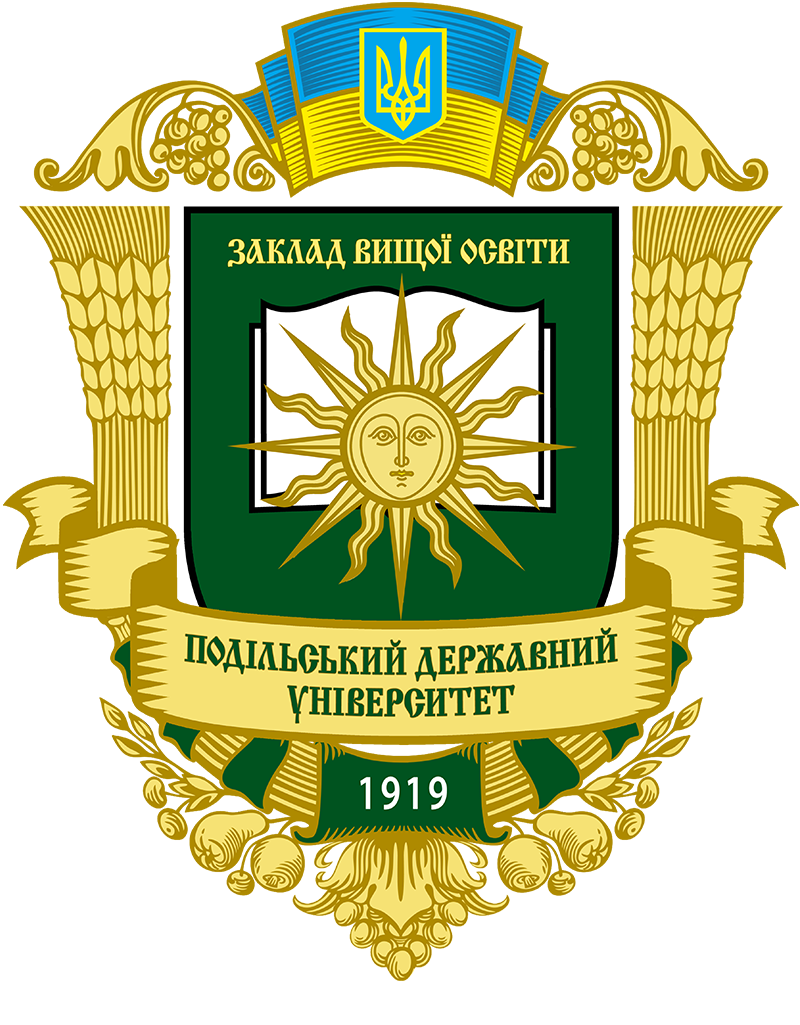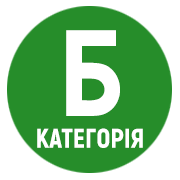BIOCHEMICAL PROFILE OF BLOOD IN PATIENTS WITH COW MASTITIS FOR THE EFFECTS OF THE LIPOSOMAL PREPARATION
DOI:
https://doi.org/10.37406/2706-9052-2024-1.25Keywords:
cattle, subclinical mastitis, lipid peroxidation products, derivatives of oxidative modification of proteins, antioxidant defense system.Abstract
Despite considerable knowledge of the etiology and physiology of bovine mastitis, it is extremely difficult to control, which complicates treatment. An alternative to antibiotics is the use of liposomal preparations that have antimicrobial action. The article presents the results of experimental studies on the effect of a complex liposomal preparation based on ethylthiosulfanylate on the biochemical parameters of blood of cows with subclinical mastitis. The drug at a dose of 0,.04 ml/kg body weight was administered to the animals three times with an interval of 24 hours. For biochemical studies, blood samples were taken from cows on the 1st day (before drug administration), on the 3rd and 7th day after drug administration. The studies showed that inflammatory processes in the mammary gland were accompanied by an increase in the intensity of lipid peroxidation. In particular, the content of lipid hydroperoxides in sick cows before the drug administration was 19,4% (P < 0,01) higher than in healthy animals. The administration of the studied liposomal preparation to animals had an inhibitory effect on the intensity of lipid peroxidation processes. This is evidenced by the absence of significant changes in their concentration on the third day after the start of treatment. Similar changes were recorded in the study of the intensity of oxidative modification of proteins. The content of aldehyde and ketone derivatives of oxidative modification of proteins in sick cows at the beginning of the experiment was significantly higher than in healthy animals by 30% (P < 0,01) and 22,9% (P < 0,01), respectively, and only on the seventh day the numerical values for these indicators were normalized. The activity of antioxidant defense enzymes (catalase, superoxide dismutase) and the content of reduced glutathione in the blood of cows with mastitis at the beginning of the experiment was also below normal. On the seventh day of treatment, its indicators reached normal levels. Thus, a complex liposomal preparation based on ethylthiosulfanylate normalizes the activity of natural defense mechanisms in the body of animals and is recommended for the treatment of patients with subclinical cow mastitis.
References
Брода Н. А., Мудрак Д. І., Віщур О. І. Стан системи антиоксидантного захисту організму тільних корів за умов техногенного навантаження та дії коригуючих чинників. Біологія тварин. 2013. Т. 15, № 2. С. 17–23.
Влізло В. В., Федорук Р. С., Ратич І. Б. та ін. Лабораторні методи досліджень у біології, тваринництві та ветеринарній медицині : довідник. 2012. Львів. 759 с.
Галицька С. М., Нікольський І. С. Біологічні властивості ліпосом та їх практичне використання. Фізіологічний журнал. 2008. Т. 54. № 5. С. 99–105.
Кравченко О. М. Місце України в світовому виробництві молока. Зб. наук. пр. Таврійського держ. агротехнологічного університету (економічні науки). Мелітополь. 2012. Вип. 2(18). С. 255–261.
Мурська С. Д. Моніторинг маститів у корів господарств Львівської та Тернопільської області. Вісник Сумського аграрного університету. 2014. Вип. 1(34). С. 207–211.
Понкало Л. І. Інтенсивність процесів пероксидного окислення ліпідів та активність глутатіонової системи антиоксидантного захисту у тільних корів та їх телят за дії нових імунотропних засобів у вигляді ліпосомальної емульсії. Біологія тварин. 2012. Т. 14, вип. 1–2. С. 551–556.
Собко Г. В., Брода Н. А., Віщур О. І., Куртяк Б. М. Вплив препарату «Антимаст» на стан системи антиоксидантного захисту у корів, хворих на субклінічну форму маститу. Науковий вісник Львівського НУВМБТ імені С. З. Ґжицького. Львів. 2016. Т. 18. № 1(65). Ч. 1. C. 154–159.
Чекман І. С., Савченкова Л. В., Горчакова Н. О. Ліпосомальні форми лікарських засобів: від експерименту до клініки. Журнал АМН України. 2006. Т. 12. № 4. С. 653–667.
Чепурна В. А., Супрович Т. М., Віщур О. І., Мудрак Д. І. Стан неспецифічної резистентності у хворих на мастит корів за дії ліпосомального препарату. Науково-технічний бюлетень (ДНДКІ ветпрепаратів та кормових добавок) і Інститут біології тварин. Львів. 2018. Вип. 19, № 2. С. 42–46.
Чепурна В. А., Супрович Т. М., Віщур О. І., Коваленко В. Л. Лейкоцитарний та біохімічний профіль крові корів, хворих на клінічний мастит, за дії ліпосомального препарату на основі етилтіосульфанілату. Ветеринарна біотехнологія. 2018. Вип. 3 (1). С. 307–311.
Bulbake U., Doppalapudi S., Kommineni N., Khan W. Liposomal formulations in clinical use: an updated review. Pharmaceutics. 2017. Vol. 9(4). P. 12. https://doi.org/10.3390/ pharmaceutics9020012.
Martins S., Martins V.C., Cardoso F.A., Germano J., Rodrigues M., Duarte C., Bexiga R., Cardoso S., Freitas P.P. Biosensors for On-Farm Diagnosis of Mastitis. Frontiers in Bioengineering and Biotechnology. 2019. № 7:186. doi: 10.3389/fbioe.2019.00186.
Mavangira V., Gandy J.C., Zhang C., Ryman V.E., Jones A., Sordillo L.M. Polyunsaturated fatty acids influence differential biosynthesis of oxylipids and other lipid mediators during bovine coliform mastitis. Journal of Dairy Science. 2015. Vol. 98(9). P. 6202–6215. https:// doi.org/10.3168/jds.2015-9570.
Scientific Opinion on taxifolin of rich extract from Dahurian Larch (Larix gmelinii). EFSA Journal. 2017. Vol. 15. Iss. 2. URL: https://efsa.onlinelibrary.wiley.com/doi/epdf/ 10.2903/j.efsa. 2017.4682.
Suprovych T., Stroianovska L., Vishchur O., Havryliak V., Vasylyuk S., Masyuk M., Solovodzinska I., Lubenets. Influence of liposomal thiosulfonate drug on the blood parameters of cows suffering catarrhal mastitis. Regulatory Mechanisms in Biosystems. 2023. Vol. 14(2). P. 195–202. doi: 10.15421/022329.
Tommasoni C., Fiore E., Lisuzzo A., Gianesella M. Mastitis in Dairy Cattle: On-Farm Diagnosticsand Future Perspectives. Animals. 2023. № 13. 2538. https://doi.org/10.3390/ ani13152538.










